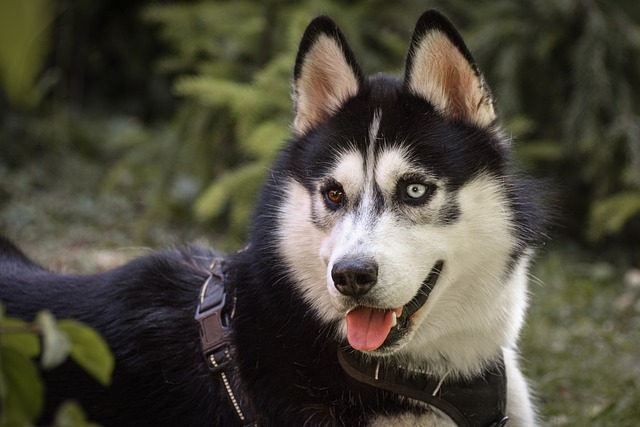
What are the 5 steps to train a dog?
Training a dog isn't just about teaching tricks—it's the key to building a harmonious life together. Whether you're a new puppy parent or adopting an adult dog,
Watching your dog trot back with a ball or newspaper in their mouth is a classic canine sight—and a skill you can teach with patience and play. Training your dog to retrieve isn’t just about showing off; it’s a great way to bond and give your pup mental and physical exercise. Whether you’re eyeing a future agility champion or just want a helpful fetch partner, here’s how to get started.
Begin by finding an item your dog loves. Soft toys, squeaky balls, or even a lightweight frisbee work well. In many public parks, there are rules about what types of toys are allowed to prevent littering or harm to wildlife, so choose accordingly. Let your dog sniff and play with the item to build excitement before you start training.
Next, introduce the “take it” command. Hold the item near your dog’s nose, say “take it,” and encourage them to grab it gently. Reward any attempt with enthusiastic praise and a tiny treat. Remember, positive reinforcement is key—never scold if they don’t get it right away. Some local animal welfare guidelines emphasize humane training methods, so keep it fun and stress-free.
Once your dog reliably takes the item, move on to the “hold” command. After they grab it, say “hold” and gently touch their muzzle while they keep it in their mouth. Offer continuous praise and treats for maintaining the grip. Be mindful of your dog’s comfort; if they drop the item due to pain or discomfort, check for dental issues or a too-tough toy.
 Teaching “bring it” is the retrieval part. After your dog has the item, take a step back and call them towards you using an excited voice. As soon as they start moving with the item, cheer them on. If they drop it halfway, don’t worry—simply go back to the “hold” step. In residential areas, keep noise levels in check during training to respect neighbors, as excessive barking or loud commands may violate local noise ordinances.
Teaching “bring it” is the retrieval part. After your dog has the item, take a step back and call them towards you using an excited voice. As soon as they start moving with the item, cheer them on. If they drop it halfway, don’t worry—simply go back to the “hold” step. In residential areas, keep noise levels in check during training to respect neighbors, as excessive barking or loud commands may violate local noise ordinances.
The final piece is “give.” Hold out your hand, say “give,” and offer a treat. When your dog releases the item into your hand, immediately reward them. This step is crucial for safety—you want your dog to willingly let go of anything they pick up, especially potentially harmful objects. Some regions have leash laws that require dogs to drop items on command in public spaces to avoid hazards.
Consistency is everything in retrieval training. Practice in short sessions—about 10 - 15 minutes a day—so your dog stays engaged. As they improve, you can increase the distance and difficulty, like hiding the item for a fun game of hide-and-seek retrieval. Just make sure any outdoor training areas you use comply with local park regulations.
Training your dog to retrieve isn’t just a party trick—it’s a skill that enriches their life and deepens your connection. By following these steps, respecting local pet rules, and celebrating every small victory, you’ll have a furry retriever ready to impress friends and family in no time.

Training a dog isn't just about teaching tricks—it's the key to building a harmonious life together. Whether you're a new puppy parent or adopting an adult dog,

Imagine watching your dog’s ears perk up as they catch a whiff of something exciting. If you’re planning to start scent training your furry friend, you’ve probably wondered

Picture your eight-week-old Labrador, Luna, discovering a dropped blueberry under your Boston kitchen table—her entire body wiggles with nose-driven joy.

Picture this: You’re welcoming guests into your Seattle apartment when your exuberant Labrador, Buddy, launches himself onto your aunt’s cream sweater—paws first.

Watching your dog trot back with a ball or newspaper in their mouth is a classic canine sight—and a skill you can teach with patience and play.

Picture this: You’re out for a morning walk with your dog, and suddenly, they bare their teeth and lunge at a jogger. It’s a heart-stopping moment